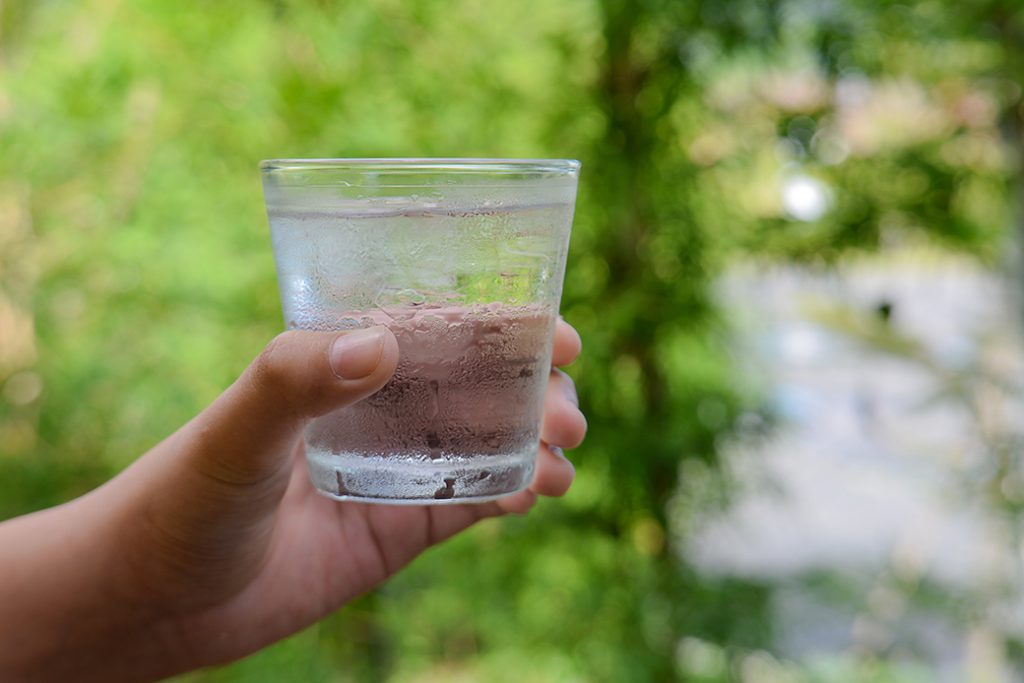Nanogrid provides option for towns lacking electricity or drinkable water

Even in the era of smartphones and self-driving cars, the grim reality of our ever-modernizing world is that there are communities that still lack electricity and potable water. Making matters worse, these underserved communities are often isolated from centralized power and water treatment plants, making them largely dependent on infrastructure development for access to basic amenities.
Researchers at Texas A&M University have come up with an economical, green solution that can help underprivileged communities with their water and electricity needs. Their standalone water-energy nanogrid consists of a purification system that uses solar energy to decontaminate water. Furthermore, the setup, they said, is mathematically tuned to utilize solar energy optimally so that the water filtration is unhindered by the fluctuations of solar energy during the course of the day.
“To serve areas that are remote and isolated, the infrastructural cost of laying down new water pipes or setting up an electricity grid is enormous and can take a very long time,” said Le Xie, professor in the Department of Electrical and Computer Engineering. “To overcome these hurdles, we presented a cost-effective solution that uses solar energy to both purify water and generate electricity for basic household use.”
The researchers described their technology in the journal Applied Energy.
First, to cut the dependence on centralized sources of power and water, Xie, Chellam and their team, conceptualized an energy-water nanogrid, which is a standalone, truck-mountable filtration system whose pumps could run on solar-generated electricity. Next, they developed a cost-minimization mathematical scheme, called scenario-based optimization framework, that minimized the total expenditure for the standalone setup by selecting the type of filter, the number and size of solar panels and the size of the solar battery.
This model revealed that if nanofiltration, a type of purification technique, was used, harvesting solar energy just during peak availability was sufficient to run pumps and purify water. In other words, the water nanofiltration system was largely unaffected by the day-to-day vagaries in solar energy and could purify enough water to meet the weekly water needs of the community. In this way, any excess solar power that was not used for filtration could be stashed away either for storage in the battery pack or for other minor basic household needs, like charging cell phone batteries.
Other contributors to the research include M. Sadegh Modarresi from Burns & McDonnell in Houston who obtained a doctorate from Texas A&M; Bilal Abada from the civil and environmental engineering department at Texas A&M, and S. Sivaranjani from the electrical and computer engineering department at Texas A&M.
This work was supported in part by the Texas A&M Engineering Experiment Station, the Texas A&M Energy Institute and the National Science Foundation.

